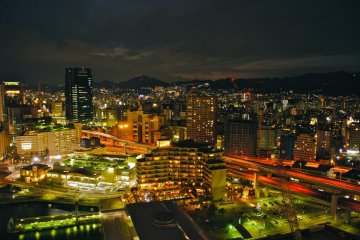
Kobe Port Tower Café
Manish PrabhuneA rotating café with a view of the Mount Maya range and the port area of the city of Kobe make for a beautiful evening.

The 108-meter-high Kobe Port Tower is one of the most famous landmarks of the port city of Kobe. The observation tower was completed in 1963. A key feature is its tubular construction, and it was the first tower to have this form of construction. The structure resembles a Tsuzumi, an elongated traditional Japanese drum and the first tower in Japan to be illuminated at night.
He has received numerous awards in both the architecture and lighting categories.
From the observation deck, visitors have a spectacular panoramic view of the harbor, the city and the Rokko Mountains on the horizon.
Interactive panels and audio guides are offered in all four directions and the design of the ceiling of the observation deck offers a romantic representation of the starry sky of the city of Kobe.

A rotating café with a view of the Mount Maya range and the port area of the city of Kobe make for a beautiful evening.
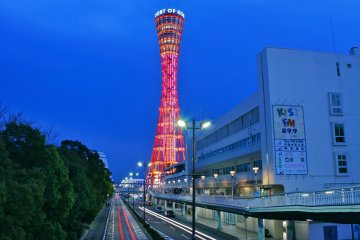
This photo story details multiple views I have taken over a two year period. Hope they inspire you to visit someday!

The Kobe Port Tower is a symbolic landmark of Kobe, and a great place to catch the amazing scenery of the region.

While the Kansai region hosts many of Japan's larger cities, Kobe is one that may not always appear in peoples travel plans. With its close proximity to Osaka, Himeji and
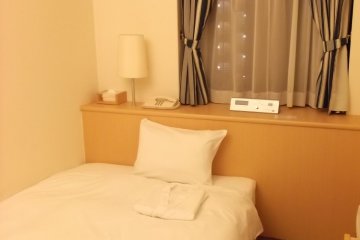
In the port city of Kobe in Japan's Hyogo prefecture, the Chisun Hotel is a comfortable, good value business hotel, well located near transportation links, shops and restaurants.
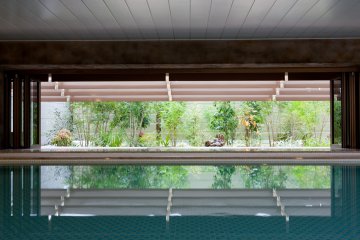
Hotel Pearl City Kobe, very close to Kobe Airport, is an ideal accommodation spot for those wanting to explore downtown Kobe and Port Island.
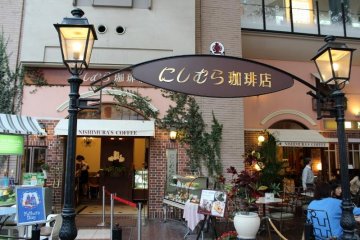

If you're exploring Japan and find yourself in Kobe, don't miss the vibrant streets of Kobe Chinatown, known locally as Nankinmachi. This bustling district is packed with food stalls, casual eateries, and specialty shops offering a variety of delicious eats.
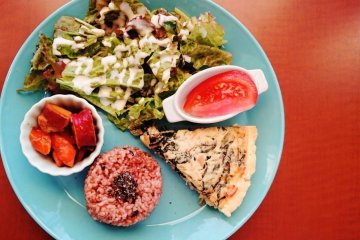
Vegan Cafe Thallo in Kobe is run by a passionate animal welfare advocate, and the menu has a range of vegan friendly foods to choose from. The most popular is the vegan quiche, which comes in three different flavor options. There is a children's plate available as well.

Nankin-machi is a neighborhood in Kobe, south of Motomachi Station and adjacent to Daimaru Department Store. The area is known as Kobe's Chinatown and has more than a hundred Chinese restaurants, shops and a Chinese temple dedicated to Guan Yu. Nankinmachi is a center of the Chinese community in the Kansai region. The area was opened up by Chinese traders who settled near the port of Kobe after the port was opened to foreign trade in 1868. As Chinatown developed, it was named after Nanjing, the former Chinese capital. The area is a popular shopping and dining district. It offers popular items such as steamed buns (manju), ramen, tapioca drinks, and various other Chinese dishes, many of which have been adapted to Japan to some extent.

The Kobe Misaki Stadium made Japanese history when it was completed in 2001, as it was the first stadium in the country to install special lighting at night and host games after dark. It can seat over 30,000 spectators. The retractable roof of the stadium allows fans to watch the games even in bad weather without getting wet. The stadium is conveniently located near the center of Kobe and is the home of J.League football club Vissel Kobe and the top league rugby team Kobelco Steelers. In addition, the Kobe Misaki Stadium was one of the twelve venues for the 2019 Rugby World Cup, which was held in Japan.

The Hyōgo Prefectural Museum of Art is a purpose built municipal art gallery in Nada-ku, Kobe, Hyōgo Prefecture, Japan. It was opened in 2002. [Wikipedia]